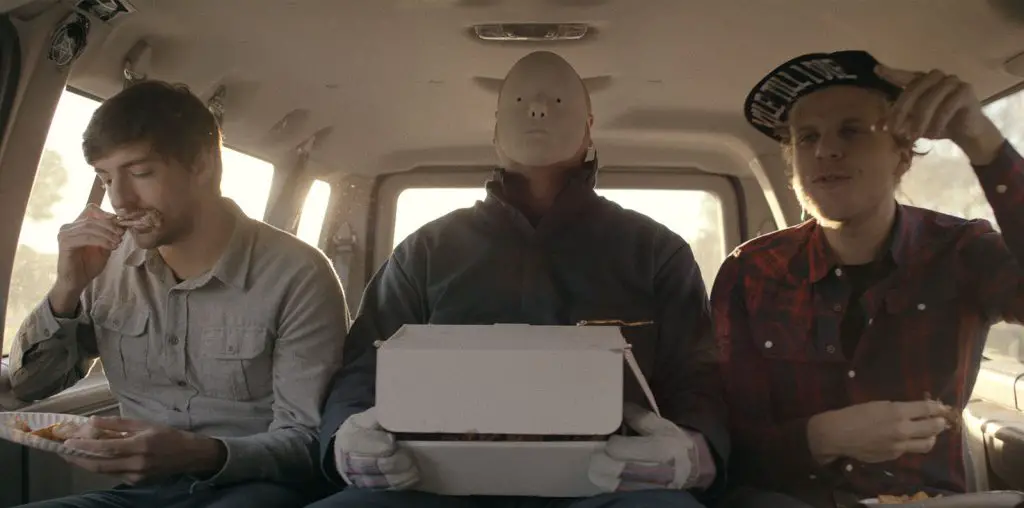
Eugene Jarecki’s new documentary works so perfectly as a companion piece to Why We Fight (2005) that he easily could have called it Why We Jail. A devastating dispatch from the front lines of America’s war on drugs, the film tracks the rise of the prison-industrial complex as masterfully as his previous work took on its older military-industrial cousin.
The common thread? A government which systematically misleads the public (WMD, anyone?) for the financial benefit of private interests. There’s big money, the filmmaker has observed, in sending the country’s lower class off to war just as there are enormous profits to be made by sending the poor and powerless to prison. The end result of the war examined here is in many ways the same. What’s changed is the propaganda.
Jarecki takes us back to the opening salvo, Richard Nixon’s 1971 pronouncement that “America’s public enemy number one is drug abuse” and moves forward in time from there noting the way Democrats and Republicans alike have been saying pretty much the same thing ever since. In the more than 40 years since then, we’re informed, the war on drugs has cost a trillion dollars and countless lives but yielded absurdly little in the way of societal good. Drug use is undiminished. Drug quality has improved. So the question is: Why does the government continue to wage it?
The writer-director enlists a variety of experts – academics, doctors, law enforcement officers, judges and politicians – to suggest an answer and intercuts their interviews with illuminating archival footage. Among the most compelling talking heads is David Simon, who worked as a crime reporter for the Baltimore Sun before creating such TV dramas as The Wire.
Simon calls the United States the “jailingest” nation on the planet while pointing out that we account for 25% of the world’s prison population even though we’re home to just 5% of its people. Mass incarceration, the film reveals, has become a self-sustaining, highly lucrative industry and America’s drug laws have come to function largely as a means of fueling it and controlling the lower class. Two of the picture’s most harrowing statistics: 56% of those in jail for drug crimes are African Americans. Half a million of this country’s incarcerated are behind bars for nonviolent drug crimes.
The picture features interviews with several such individuals and, in the process, drives home the draconian nature of America’s drug laws in general and the more recently implemented system of mandatory minimum sentences in particular. Aside from helping to make the operation of private penitentiaries immensely profitable, the filmmaker suggests, it’s difficult to see what good they could possibly be purported to do.
Jarecki employs a clever technique: Again and again, he introduces a film subject and keeps him on camera just long enough to register as a type-a gruff prison guard, a no-nonsense judge, etc. Then he comes back to them farther along in the film and reveals them to possess anti-drug policy stances we never would have guessed they held. In one of the picture’s most affecting passages, a judge bemoans his obligation to give a young nonviolent black offender forty years. He attempts to override the system and recommends a more humane sentence but the system overrides him.
The most startling use of this technique involves the man who declared the war in the first place. Nixon’s the last person many would suspect of having nuanced, compassionate views on the subject but Jarecki doubles back to remind the viewer that, unlike the present approach, two-thirds of his administration’s drug fighting budget was dedicated to treatment.
Now there’s a quaint idea: helping people rather than simply warehousing them.
